SOC stands for Security Operations Center. That sounds like mission control, probably darkened, with a large screen all around and lots of serious people sitting at consoles full of buttons and dials.
Well, many years ago, that’s what a SOC looked like. Nowadays, thanks to advancements in task automation, the SOC is probably one person sitting at a PC.
Here is our list of the six best SOC software tools:
- SolarWinds Security Event Manager EDITOR’S CHOICE A SIEM system that includes analysis services and automated response routines. It runs on a VM or a virtual cloud server.
- CrowdStrike Falcon A unified security platform that includes endpoint-resident protection systems that are coordinated from a cloud platform.
- LogRhythm XDR Stack A combination of four layers of security that ranges from endpoint protection through to automated threat response. They are offered as a cloud service, as an appliance, or as software for Windows Server.
- Rapid7 Insight Platform A bundle of cloud-based automated security services with onsite agents, includes threat detection and automatic response.
- TrendMicro XDR A package of coordinating cybersecurity tools that include a SIEM, email security, and threat response. This is a cloud-based system.
- Exabeam A cloud-based next-generation SIEM that includes threat intelligence and automated threat response.
You can read more about each of these options in the following sections.
SOCs have downsized considerably, and that makes them more attainable. You don’t even need to have a dedicated technician for a SOC because the process automation in SOC software performs much of the security scanning tasks, so checking on security systems can be part of the duties of a systems administrator.
There is one other option to consider, which is a managed SOC service. SOC-as-a-Service goes back to that mission control format because a room full of technicians is dedicated to monitoring the security of many client companies. Although, strictly speaking, this is not a software option. It is an alternative to buying tools, and it takes care of the difficulty of getting hard-to-find cybersecurity expertise on the payroll.
SOC tools
The type of tools you need for your SOC depends on the size of your operations. The core systems a SOC needs are security monitoring systems. If you have a team working in the SOC, you will also need team management systems and incident management tools. If you run a small enterprise and leave security monitoring to automated software, then you should look for detection and response systems tied up in one bundle.
The tasks that you need to get software for are:
- Vulnerability management
- Penetration testing
- Access right management
- Endpoint protection
- Firewall and network security
- Security information and event management
- Incident response
- Privacy standards compliance
This is a long list of tasks. However, there are cybersecurity software bundles available that provide all of these services. A good indicator of a competent SOC package is the term “XDR.” This stands for “extended detection and response.” An XDR package could be bundled around an endpoint detection and response (EDR) system, which itself is an advancement on the original antimalware systems that formed the mainstay of IT security systems back in the day. Other XDR packages start around SIEM tools. SIEM has the added advantage of providing log management, which is essential for businesses working to a data privacy standard, such as PCI DSS or HIPAA.
The best SOC software tools
If you want to combine your security monitoring requirements with general system management, you are into SecOps territory. You should get a security package that will monitor everything without much human intervention. You need the system to issue an alert when problems are detected. Knowing that you will be notified tells you that everything is going OK if you don’t receive any notifications. Automated responses also take a lot of responsibility off your shoulders.
What should you look for in a SOC tool?
We reviewed the market for SOC software and analyzed the options based on the following criteria:
- An automated system that covers all aspects of IT security
- Alerts and notifications for detected intrusions
- Network and endpoint protection
- Log management for standards compliance
- Vulnerability scanning and system hardening
- A free trial or a demo system for a no-risk assessment
- A valuable package of tools that combines all of the tools you need for system security
Getting a SOC software package saves you time in trialing many different systems for each security monitoring function and works out cheaper.
1. SolarWinds Security Event Manager (FREE TRIAL)
SolarWinds Security Event Manager is a SIEM that provides you with a log manager and helps with compliance to HIPAA, PCI DSS, SOX, GLBA, and NERC CIP.
The log manager gathers log messages from all over your system, consolidating the different formats they are written in to be stored and searched together. The dashboard shows all events live on the screen, and there is also an analytical tool that helps you search through stored log files for pertinent security information. The log manager also protects logfiles from tampering with a file integrity monitor.
The Security Event Manager isn’t just a SIEM. It includes a threat intelligence feed, which pools threat detection experiences from all of the clients of the SolarWinds system. The security system uses the guidance from the feed when searching through log messages for indicators of attack.
The combination of a threat intelligence feed, a log manager, and threat detection gives you the basis of a SOC platform. The service will raise an alert if a potential threat is identified and will forward that to you as a notification by email or SMS, so you can safely leave the system to watch over the security of your IT system.
The full SOC package is completed by a module called Active Response. This is an automated threat mitigation system. You can set this up by specifying which events should trigger a response – there might be some scenarios that you would instead handle personally. The Active Response system also highlights system weaknesses that the new threats expose. So, this acts as a vulnerability scanner.
To avoid infection or tampering, the Security Event Manager needs to be isolated from the rest of your system. There are two deployment options. One is to install it on top of a hypervisor, which can be Hyper-V or VMWare vSphere. It can also be hosted on a virtual cloud server provided by AWS or Azure. The package is available for a 30-day free trial.
EDITOR’S CHOICE
SolarWinds Security Event Manager is our top pick for a SOC software platform because it provides all of the tools that you will need for your SOC. Alerts in the system and response automation mean that you can leave this package to look after system security. This creates efficiency and value for money because you don’t need to hire a security expert to run your SOC.
Get a 30-day free trial: solarwinds.com/security-event-manager/registration
Operating system: On-premises virtual appliance or virtual cloud server
2. CrowdStrike Falcon
CrowdStrike Falcon is a line of security products. CrowdStrike offers its systems in different bundles, so you can choose a package that provides all of your SOC tools in one interface.
The leading CrowdStrike security service is called CrowdStrike Insight. This is based on an EDR called Falcon Prevent, which is installed on every endpoint. The Insight system adds on a cloud-based coordinator of every Falcon Prevent installation on a site. Falcon Insight consolidates activity reports from all Falcon Prevent instances, much like a SIEM. The console can also communicate response actions back to the endpoint modules.
Combining the cloud-based Insights system and endpoint-resident Prevent installations means that all devices are protected in the event of the internet connection being intercepted and cut off. Falcon Prevent is an evolved antimalware system. Falcon insight includes user and entity behavior analytics (UEBA), which assesses regular activity on the endpoint and identifies anomalous actions. It also uses security orchestration, automation, and response (SOAR) to coordinate data gathering and incident response.
Other elements that you can add to CrowdStrike Insight include Falcon X, a threat intelligence feed, Falcon Overwatch, a threat hunting service, and Falcon Discover, a vulnerability manager. These elements are offered in different packages of the Falcon range. Add-ons available include a firewall management service and USB device management.
CrowdStrike offers customers a 15-day free trial of Falcon Prevent.
3. LogRhythm XDR Stack
LogRhythm XDR is a SaaS package that is built around a SIEM. As the processing module of the SIEM is based in the cloud, the system needs onsite elements to gather log data and upload it. This configuration leads to the concept of a stack.
SIEM systems combine log file analysis with live network monitoring. The strategy aims to spot anomalous behavior either in network traffic or on endpoints. The endpoint agent that gathers logs and uploads them to the LogRhythm server is called UserXDR, and the network monitor is called Network XDR.
The SIEM is divided into a log consolidator, called AnalytiX, and a threat detection system called DetectX. The DetectX system uses AI-based UEBA and a threat intelligence feed to identify a possible intrusion. That threat intelligence is collated from shared experiences of other LogRhythm XDR clients. The threat response is provided by RespondX, which uses SOAR to interact with other services, such as Active Directory and firewalls, to shut down hacker activity.
LogRhythm XDR is available as IaaS (Infrastructure as a Service) on the cloud, as on-premises software for Windows Server, or as a network appliance. In any of these options, the package offered by LogRhythm will provide you with all of the SOC tools you need to keep your system secure.
4. Rapid7 Insight Platform
Rapid7 Insight provides a bundle of security systems that supply a complete set of SOC tools. The core of this package is a SIEM system called InsightIDR, which is delivered from the cloud. IDR stands for Incident Detection and Response. The system requires agents to be installed on-site to gather log messages and upload them to the Rapid7 server.
InsightIDR collects log messages and consolidates them into a standard format. It then applies UEBA to register normal patterns of behavior on the monitored system. Deviations from this norm raise alerts and trigger closer scrutiny of a user account, a device, or traffic from a particular IP address. The system also uses a database of known hacker attack strategies called Attack Behavior Analytics (ABA).
The attack response mechanism in the InsightIDR system is called Insight Connect. This uses SOAR methods to coordinate mitigation actions, such as blocking an IP address or suspending a user account.
The Insight platform also includes InsightVM, a vulnerability manager that scans all devices on a network and its endpoints, looking for weaknesses that hackers exploit. If you use cloud services, you would also subscribe to DivvyCloud, which protects cloud-based assets. Another SOC tool that could be of interest to you is Insight AppSec, which monitors DevOps environments.
5. TrendMicro XDR
TrendMicro offers a package of SOC tools that are centered on a SIEM system. The SIEM operates from the cloud but includes onsite modules that collect data and upload them. Those on-site agents also implement response activities. If you use cloud services, there is also a module of TrendMicro XDR that installs on your cloud server account and protects those systems.
Whether operating on your site or in your cloud account, the data gathering agent collects log messages and compiles its statistics on system activity. These information feeds are uploaded to the TrendMicro server and consolidated to provide a data source for the SIEM.
The SIEM operates a threat detection system, which looks for indicators of compromise. A typical indicator would involve a sequence of suspicious events. So, one action doesn’t automatically trigger an alert. Instead, the SIEM will pay extra attention to the activities of the user account involved in that action to see whether a follow-on action occurs that is expected from a hacker attack. If enough related actions occur that match a known chain of attack, the system triggers a response.
The threat response is communicated from the SIEM to the monitoring modules, which then either perform their actions or communicate with an access rights manager and firewalls to block hacker activity.
TrendMicro’s SOC support system is available in two formats. The first is called Vision One, which is a cloud-based system coordinator for TrendMicro endpoint protection systems. The system is also known as a managed service, called Managed XDR. This completely outsources your SOC, so you don’t need any onsite administrator staff to run your security services.
6. Exabeam
Exabeam offers a SOC software package that is built around a cloud-based SIEM. As with other SOC packages on this list that operate on the SIEM model, this bundle includes off-site processing with onsite data gathering. The Exabeam system processes log messages, so it is also a log manager that helps data privacy standard compliance reporting by laying down an audit trail. An optional extra service offered by Exabeam is a log archiving system that manages the large volumes of log data that your system will generate.
All of the information that the on-site modules upload to the Exabeam server is called the Exabeam Data Lake. The Data Lake provides the source material for the Exabeam Advanced Analytics module. This is the threat hunting element of the SIEM. It deploys UEBA to watch for abnormal behavior. The Exabeam Data Lake is also available for manual examination through an analysis module in the Exabeam system console. This allows you to sort, group, and filter records for your assessments.
The console for Exabeam can be accessed through any standard browser. It displays live statistics and indicators as new log messages arrive. The console includes a settings system that allows you to specify the degree of response automation you are comfortable with. It is possible to set specific events to trigger automated responses while others generate notifications to give you the option of dealing with those situations manually.
The Exabeam Incident Responder implements automated responses. Fine-tuning the actions of the Incident Responder gives you control over your own business’s SOC strategy. The system works on a method that involves “playbooks.” Several pre-written playbooks are built into the Exabeam service, but you can create your own or decide which of those provided playbooks to activate. A playbook is a workflow that links triggers and actions. Typically, a response involves SOAR strategies that interact with other parts of your on-site system to block hacker activity.
Exabeam is available for a free trial.
L’article 6 Best SOC Software Tools est apparu en premier sur Comparitech.

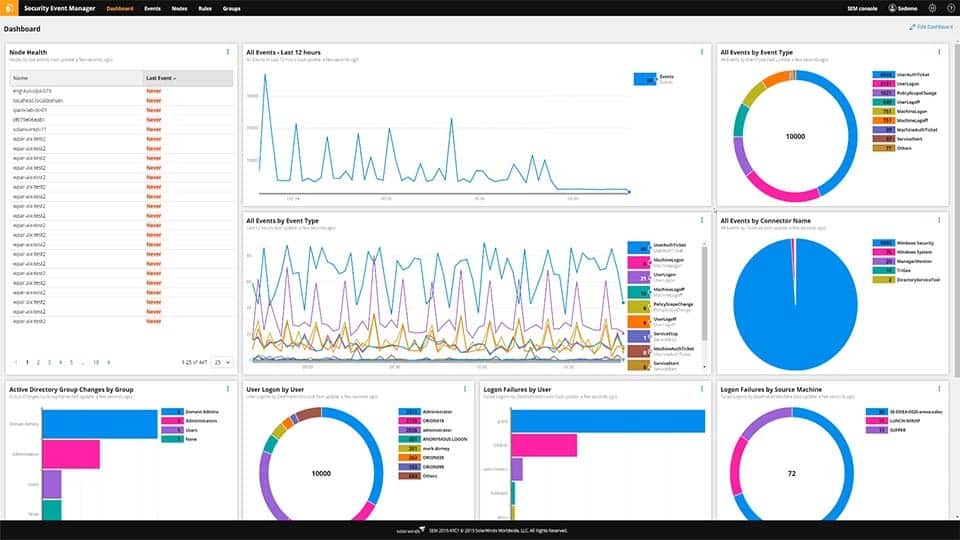
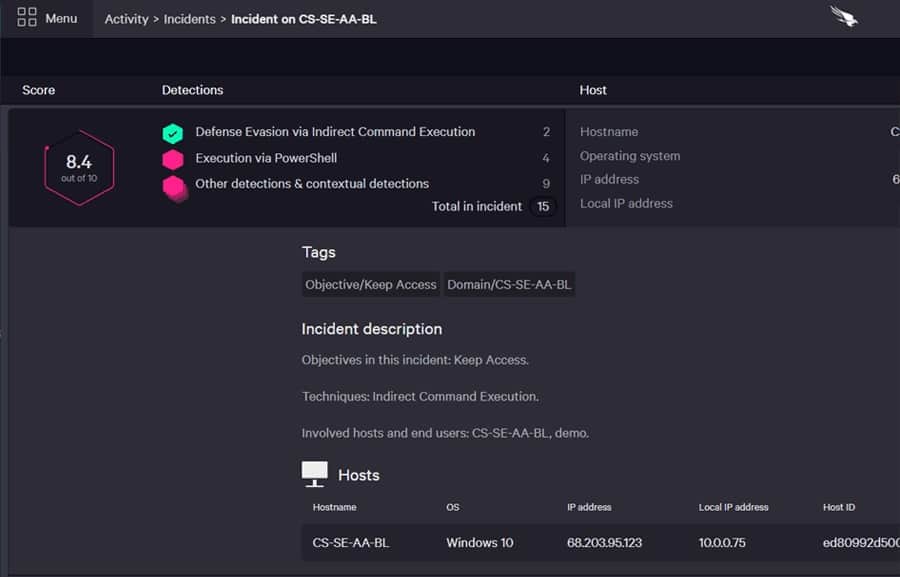
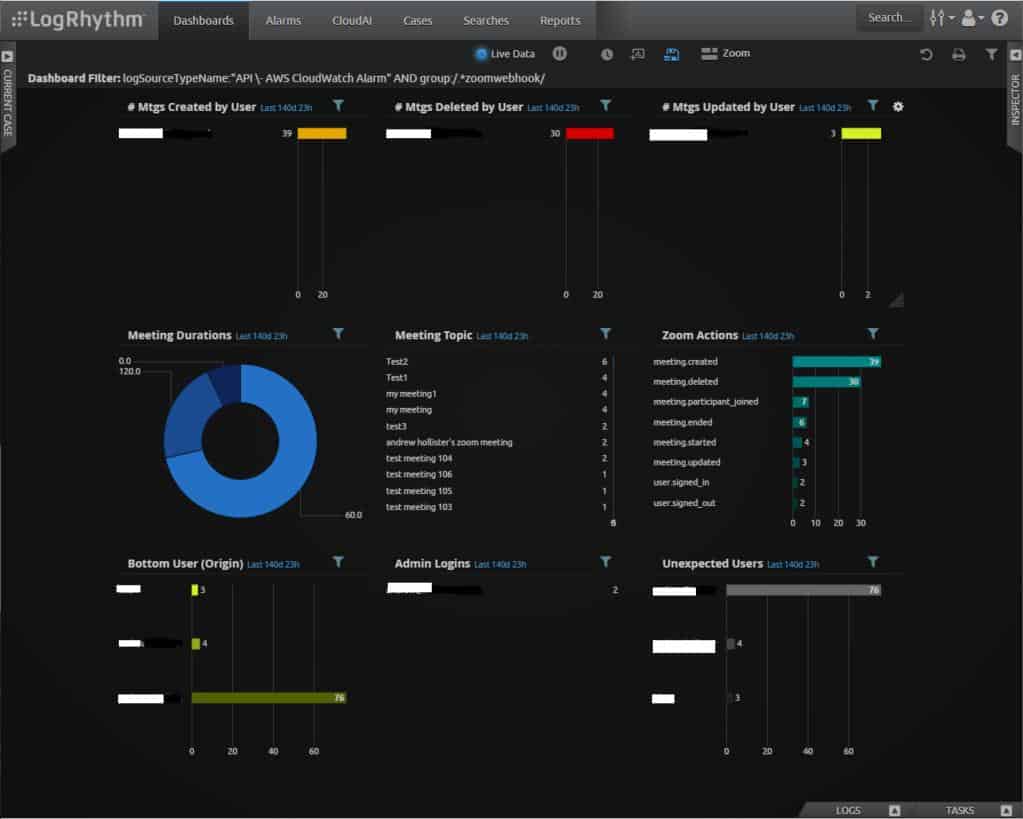
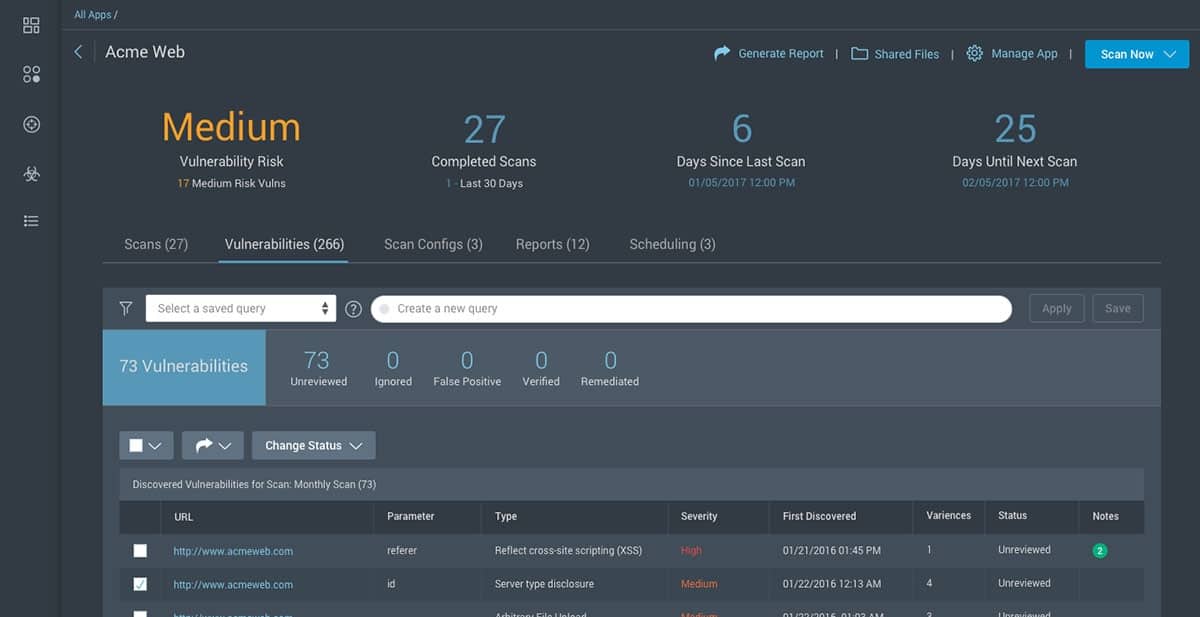
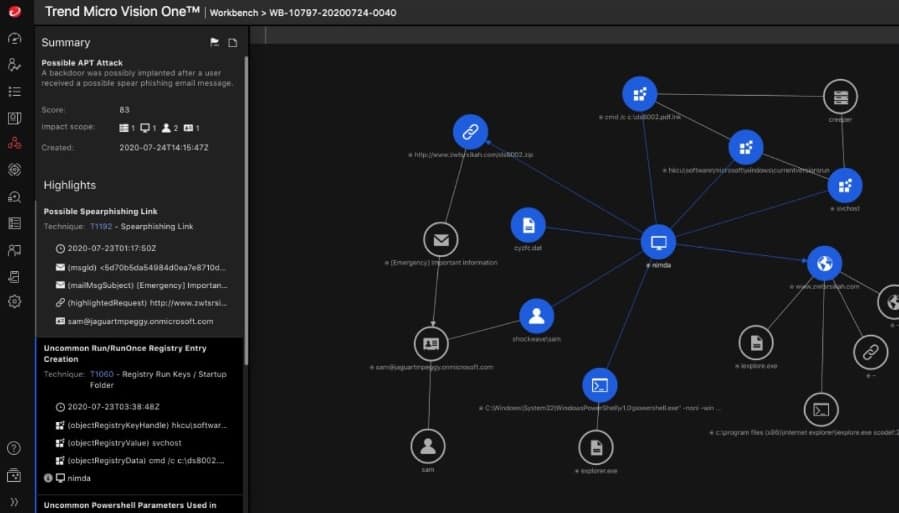

0 Commentaires